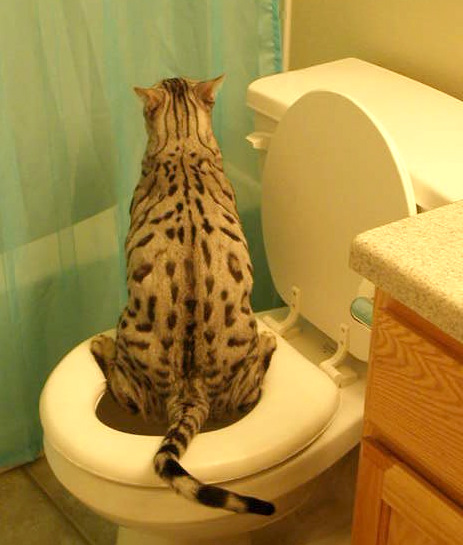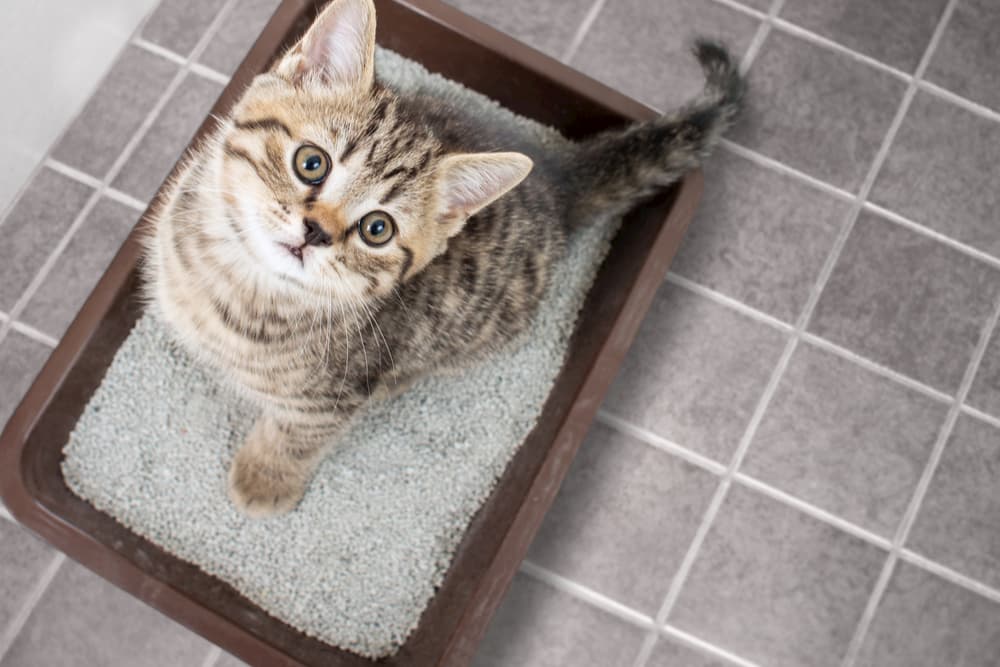Why Flushing Cat Poop Down Your Toilet May Cause Problems - Tips for Safe Handling
Why Flushing Cat Poop Down Your Toilet May Cause Problems - Tips for Safe Handling
Blog Article
Just how do you feel in regards to Can You Flush Cat Poo or Litter Down the Toilet??

Introduction
As cat owners, it's necessary to be mindful of exactly how we get rid of our feline close friends' waste. While it might seem practical to purge pet cat poop down the toilet, this method can have detrimental repercussions for both the atmosphere and human health.
Ecological Impact
Purging feline poop presents hazardous virus and parasites into the water supply, posing a significant threat to marine ecological communities. These contaminants can adversely impact aquatic life and compromise water high quality.
Health Risks
Along with environmental issues, purging pet cat waste can likewise pose health and wellness threats to humans. Pet cat feces may consist of Toxoplasma gondii, a bloodsucker that can trigger toxoplasmosis-- a potentially extreme disease, especially for pregnant females and individuals with damaged immune systems.
Alternatives to Flushing
Luckily, there are much safer and more accountable means to deal with pet cat poop. Take into consideration the complying with choices:
1. Scoop and Dispose in Trash
One of the most common technique of throwing away feline poop is to scoop it right into an eco-friendly bag and throw it in the garbage. Make certain to make use of a committed trash scoop and deal with the waste promptly.
2. Use Biodegradable Litter
Select naturally degradable cat litter made from materials such as corn or wheat. These trashes are eco-friendly and can be safely dealt with in the trash.
3. Hide in the Yard
If you have a yard, consider burying feline waste in a designated area away from vegetable gardens and water resources. Be sure to dig deep adequate to stop contamination of groundwater.
4. Install a Pet Waste Disposal System
Buy a pet dog waste disposal system particularly created for pet cat waste. These systems make use of enzymes to break down the waste, lowering odor and environmental influence.
Final thought
Liable pet possession extends past supplying food and shelter-- it likewise includes appropriate waste administration. By refraining from flushing pet cat poop down the commode and selecting alternate disposal approaches, we can lessen our environmental footprint and shield human health and wellness.
Why Can’t I Flush Cat Poop?
It Spreads a Parasite
Cats are frequently infected with a parasite called toxoplasma gondii. The parasite causes an infection called toxoplasmosis. It is usually harmless to cats. The parasite only uses cat poop as a host for its eggs. Otherwise, the cat’s immune system usually keeps the infection at low enough levels to maintain its own health. But it does not stop the develop of eggs. These eggs are tiny and surprisingly tough. They may survive for a year before they begin to grow. But that’s the problem.
Our wastewater system is not designed to deal with toxoplasmosis eggs. Instead, most eggs will flush from your toilet into sewers and wastewater management plants. After the sewage is treated for many other harmful things in it, it is typically released into local rivers, lakes, or oceans. Here, the toxoplasmosis eggs can find new hosts, including starfish, crabs, otters, and many other wildlife. For many, this is a significant risk to their health. Toxoplasmosis can also end up infecting water sources that are important for agriculture, which means our deer, pigs, and sheep can get infected too.
Is There Risk to Humans?
There can be a risk to human life from flushing cat poop down the toilet. If you do so, the parasites from your cat’s poop can end up in shellfish, game animals, or livestock. If this meat is then served raw or undercooked, the people who eat it can get sick.
In fact, according to the CDC, 40 million people in the United States are infected with toxoplasma gondii. They get it from exposure to infected seafood, or from some kind of cat poop contamination, like drinking from a stream that is contaminated or touching anything that has come into contact with cat poop. That includes just cleaning a cat litter box.
Most people who get infected with these parasites will not develop any symptoms. However, for pregnant women or for those with compromised immune systems, the parasite can cause severe health problems.
How to Handle Cat Poop
The best way to handle cat poop is actually to clean the box more often. The eggs that the parasite sheds will not become active until one to five days after the cat poops. That means that if you clean daily, you’re much less likely to come into direct contact with infectious eggs.
That said, always dispose of cat poop in the garbage and not down the toilet. Wash your hands before and after you clean the litter box, and bring the bag of poop right outside to your garbage bins.
https://trenchlesssolutionsusa.com/why-cant-i-flush-cat-poop/

I came across that post about Don’t flush cat feces down the toilet when surfing around the search engines. Are you aware of anybody else who is fascinated with the niche? Do not hesitate to promote it. Thanks for taking the time to read it.
Request Estimate Report this page